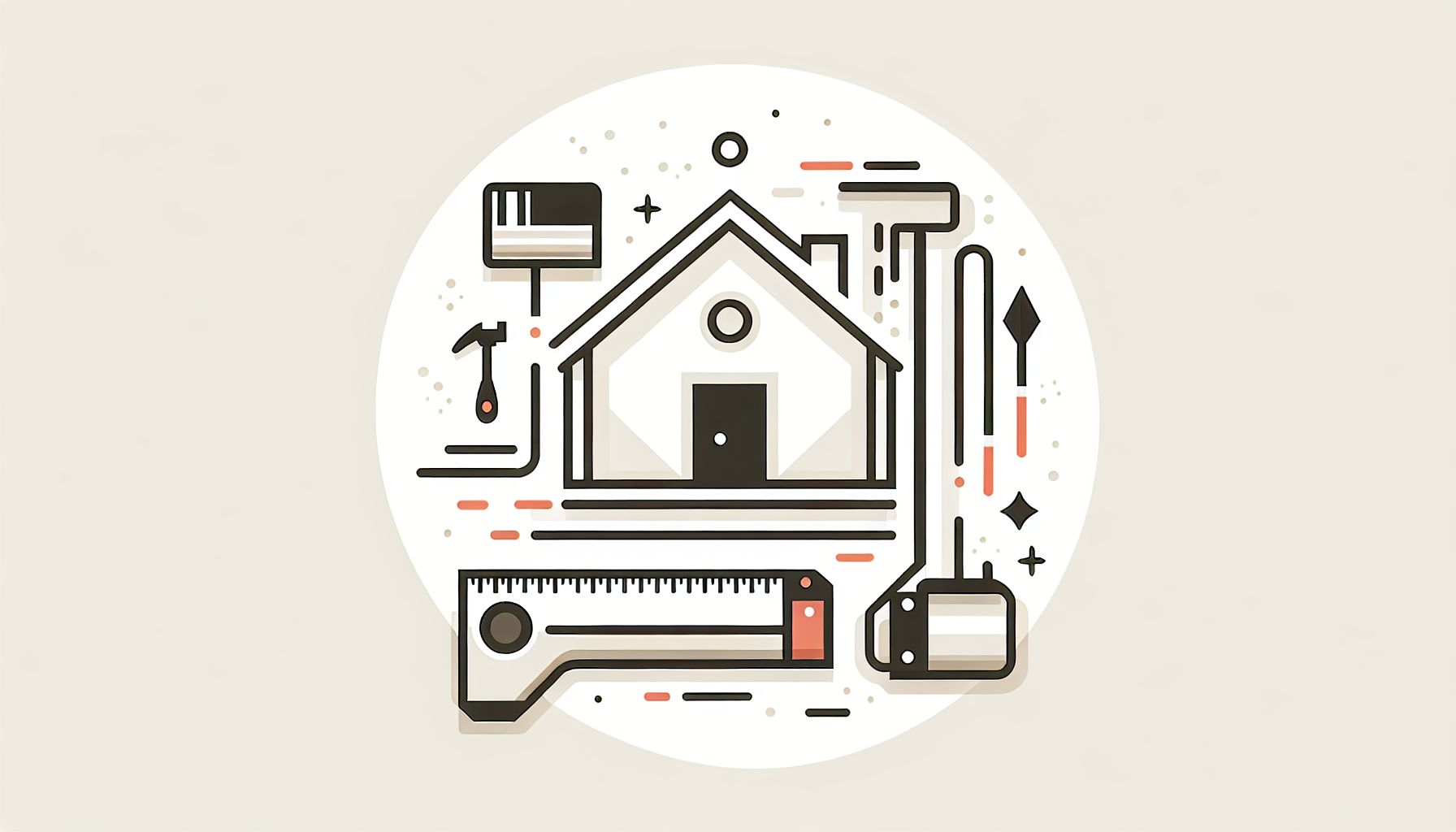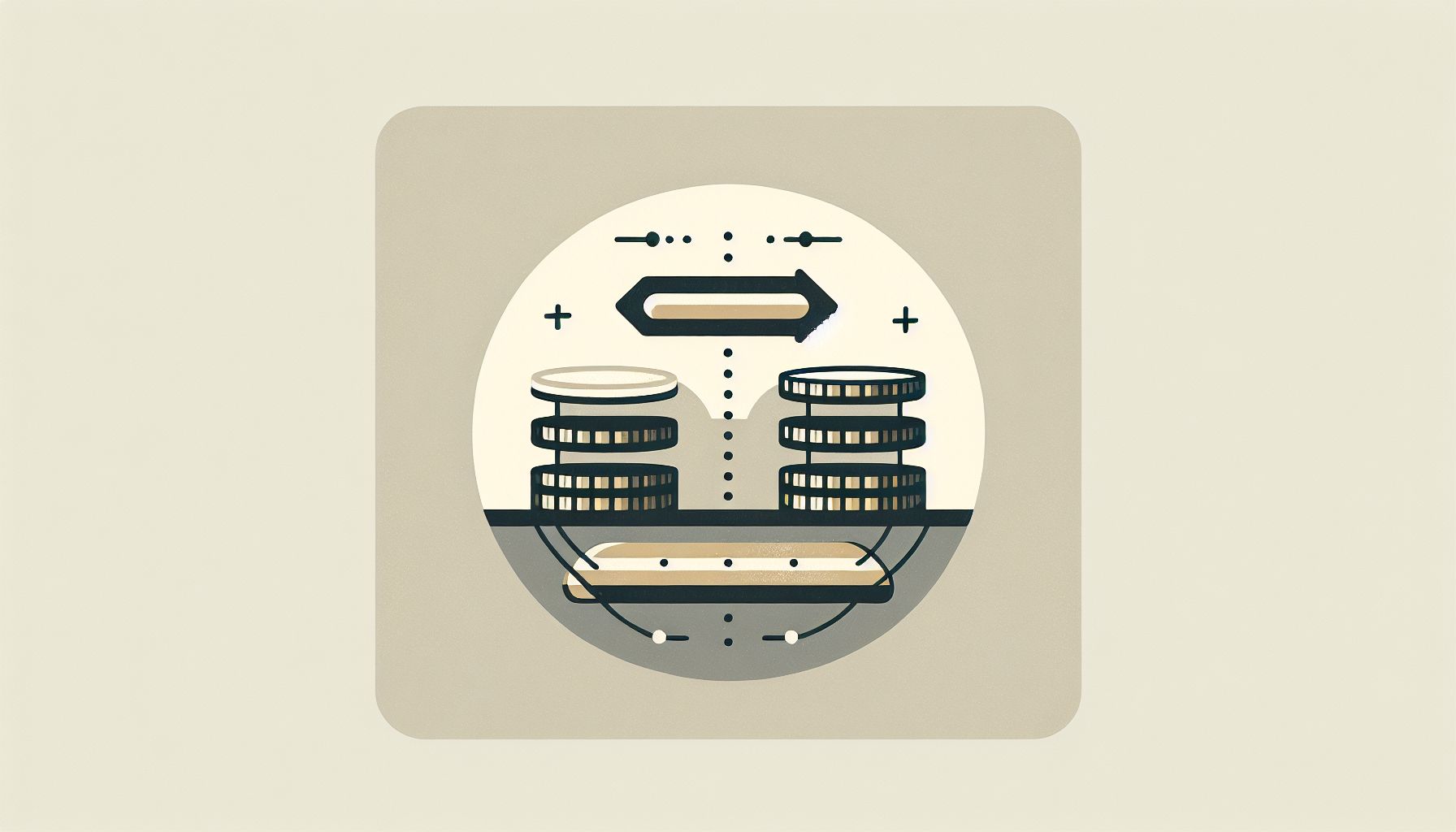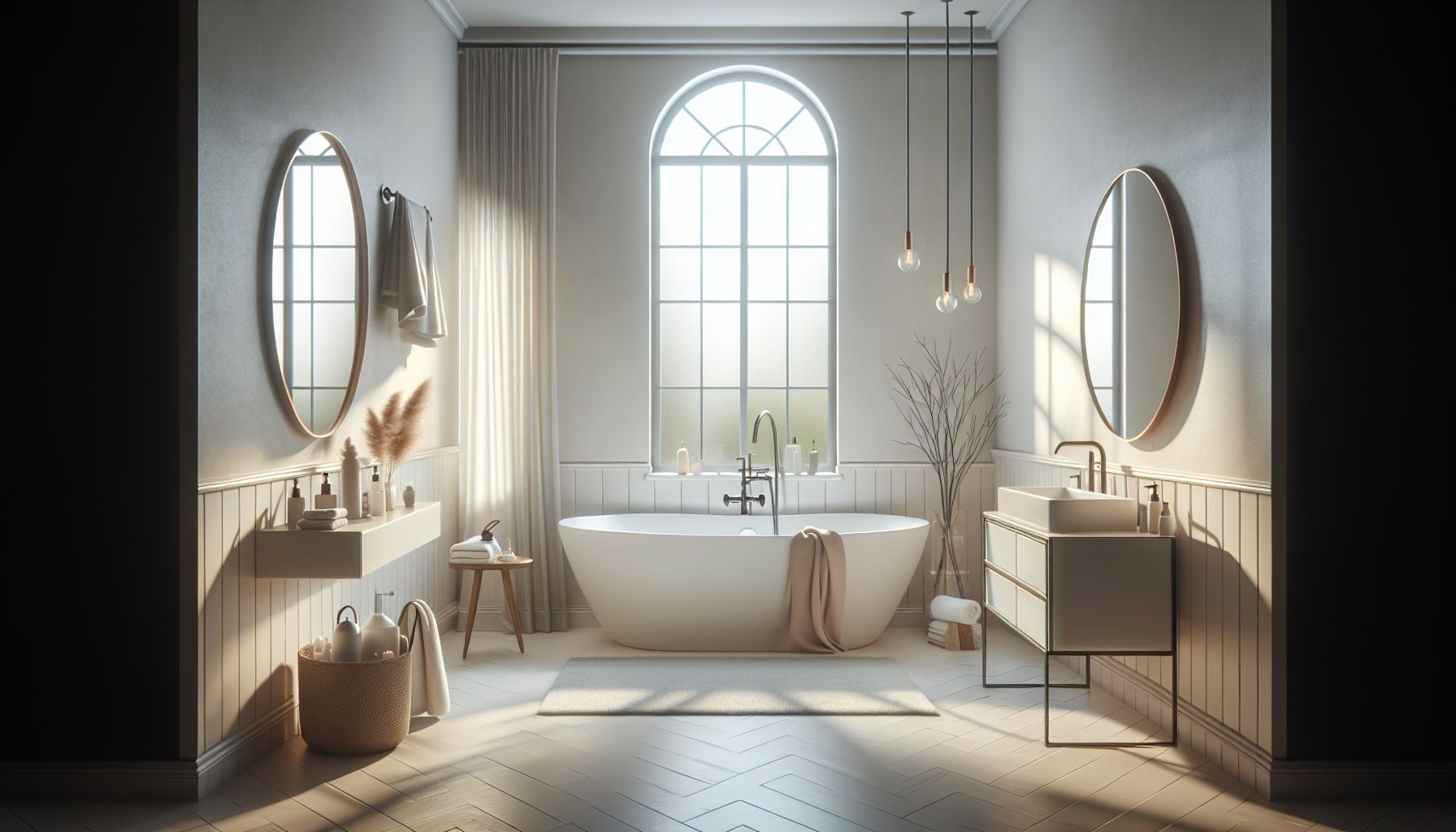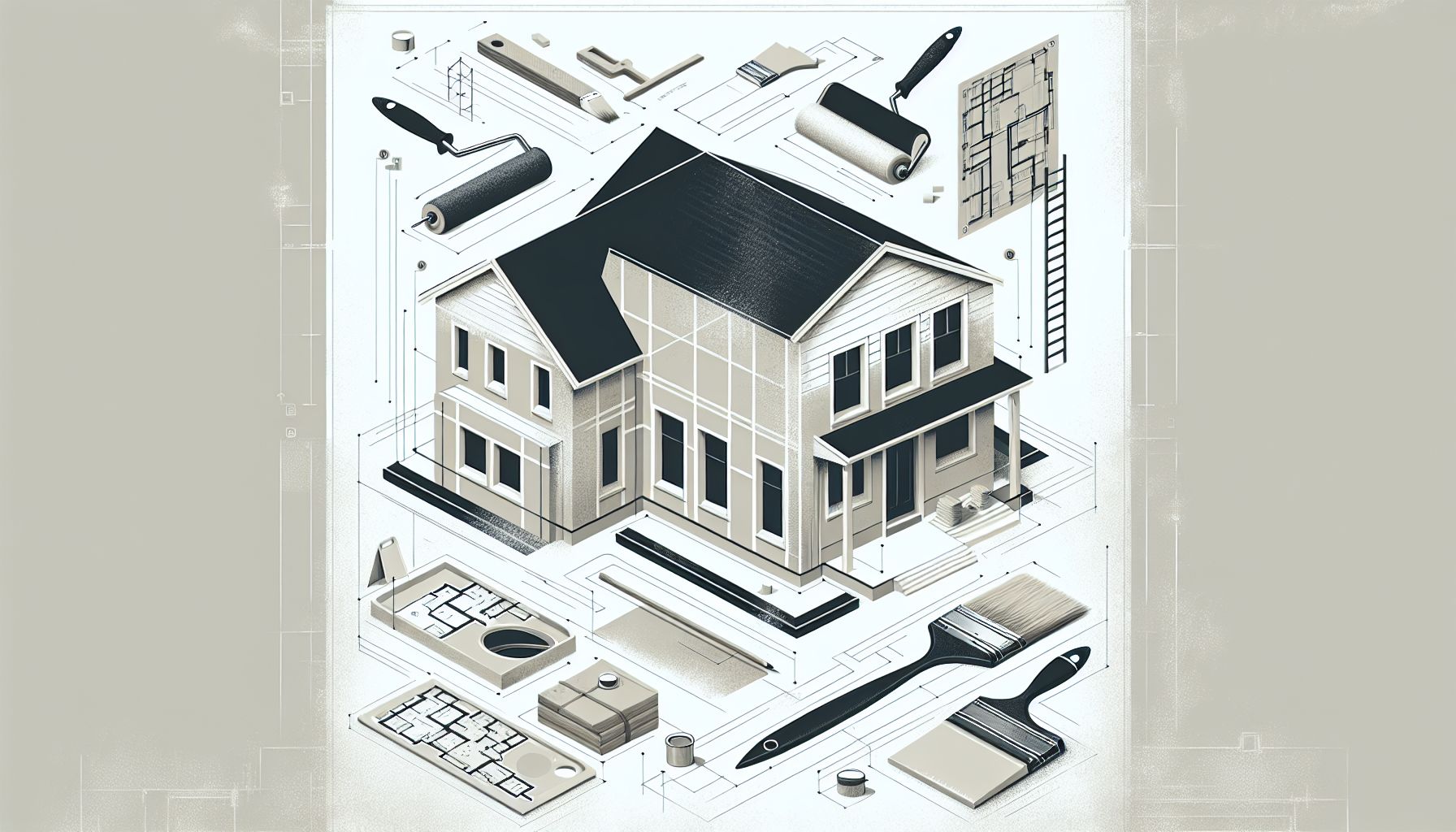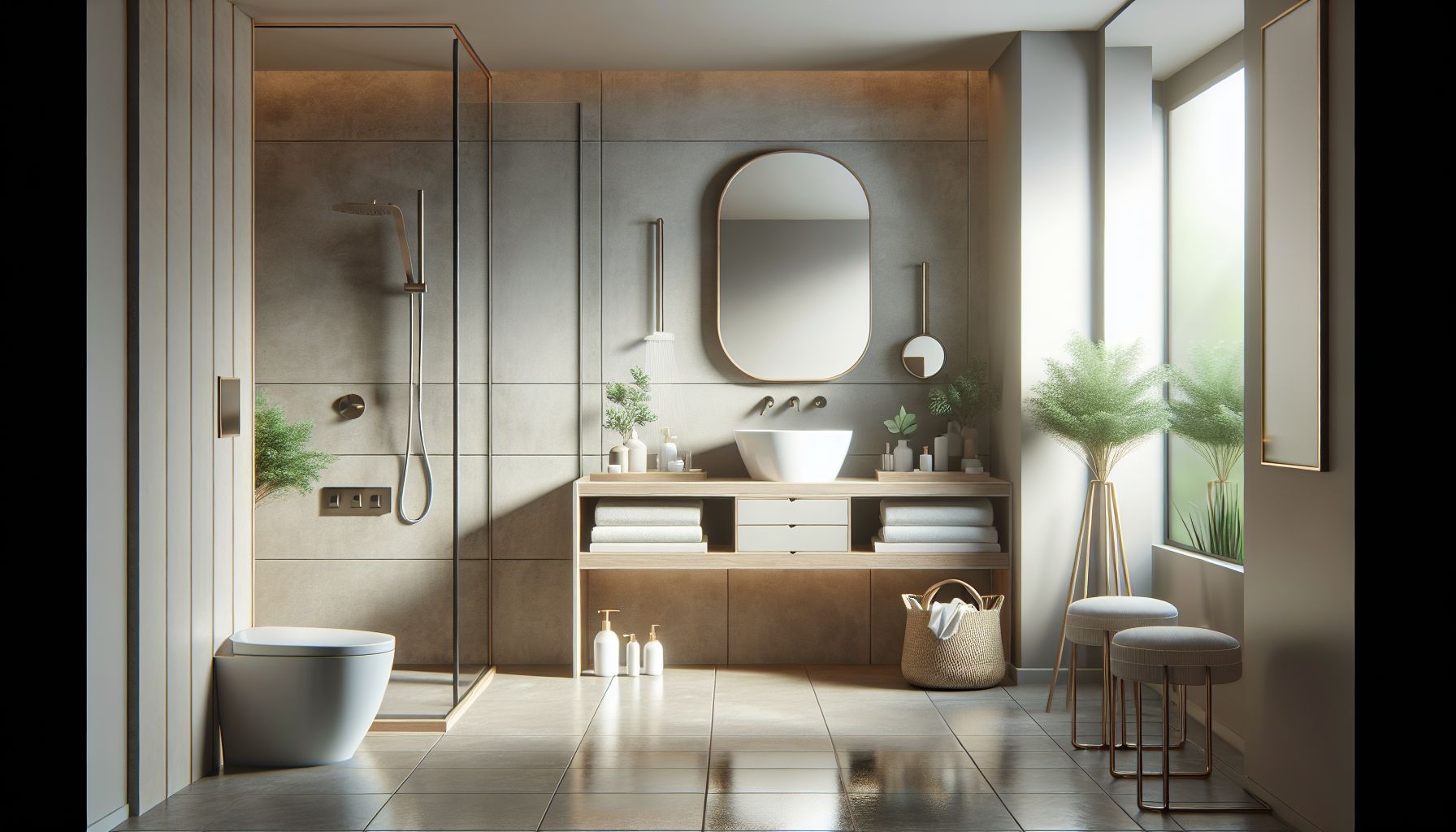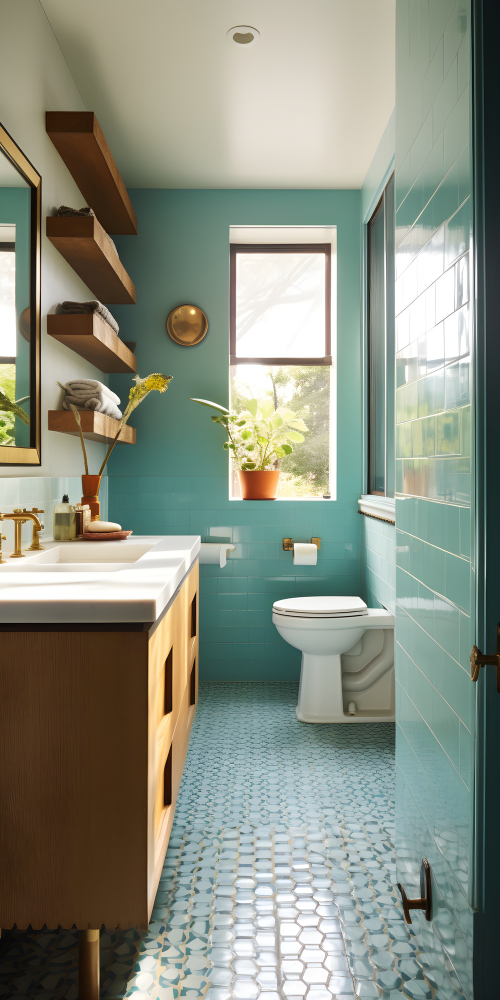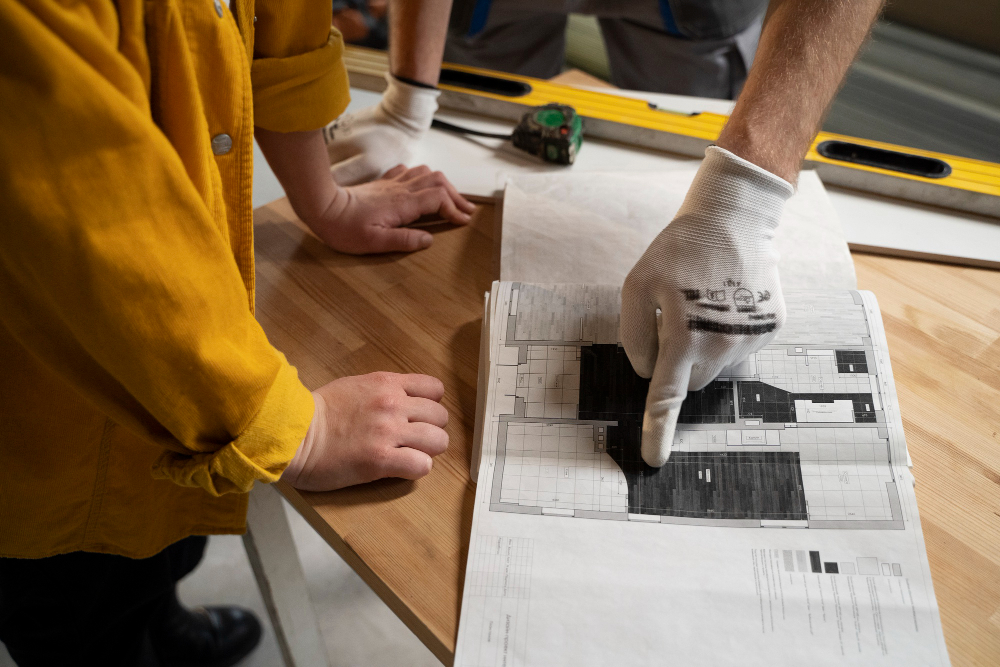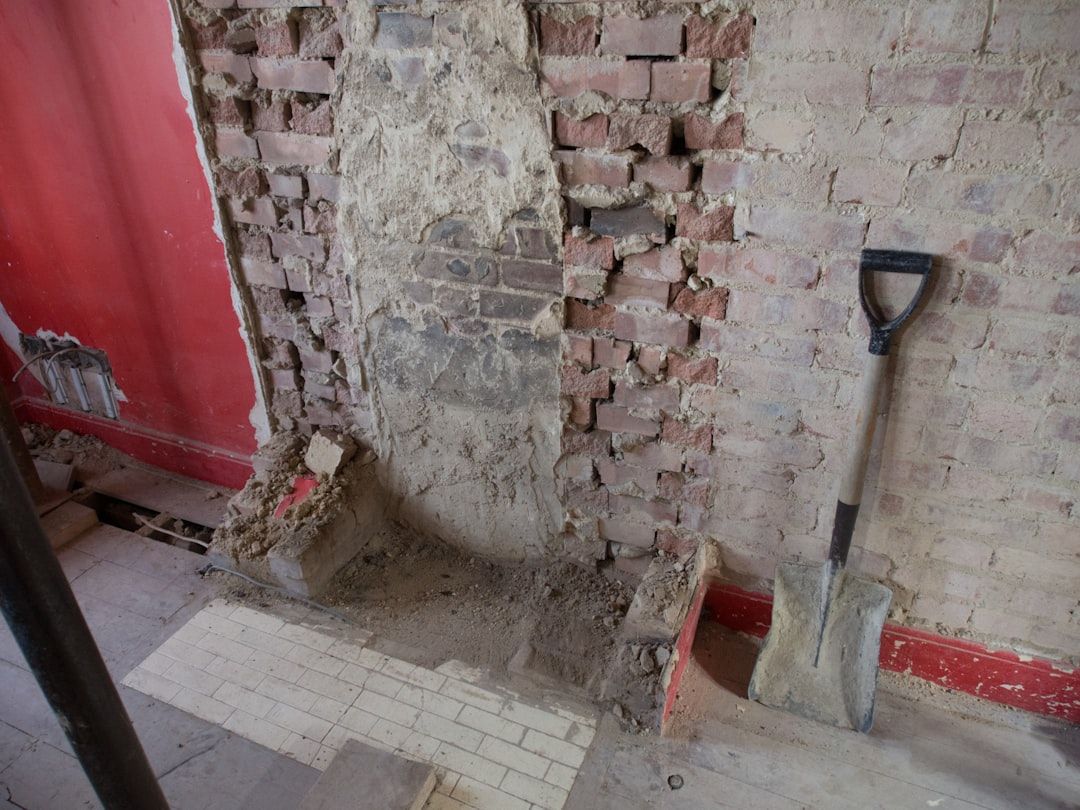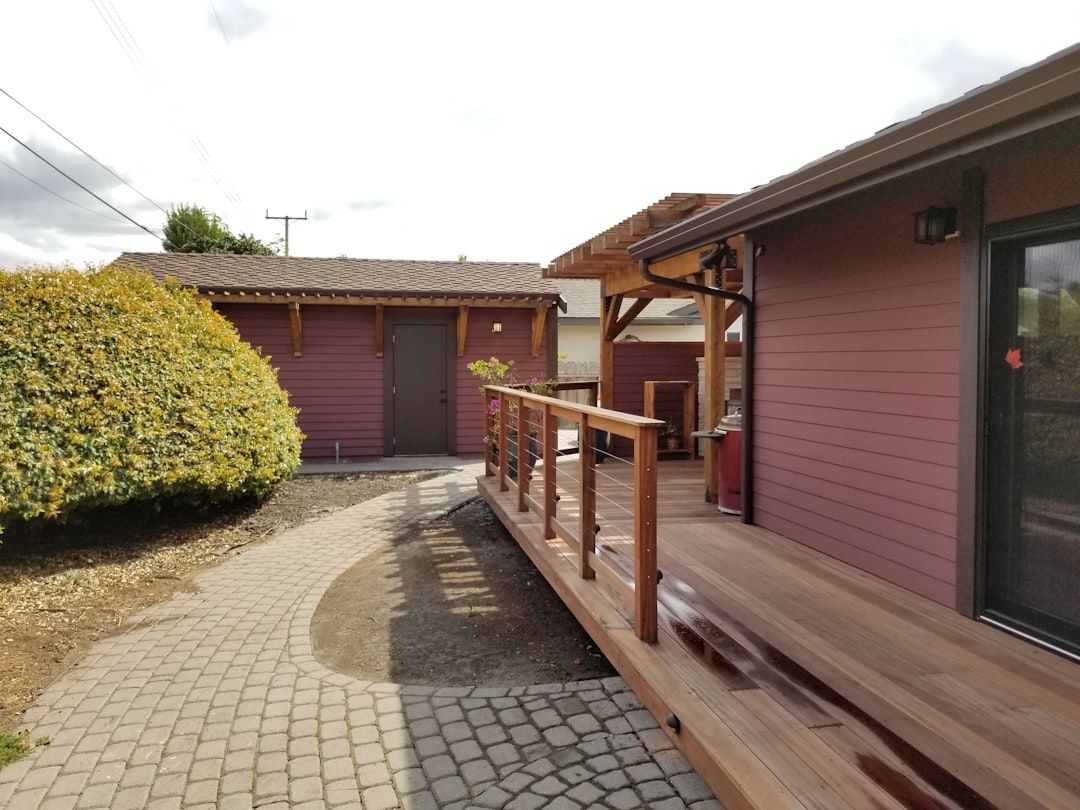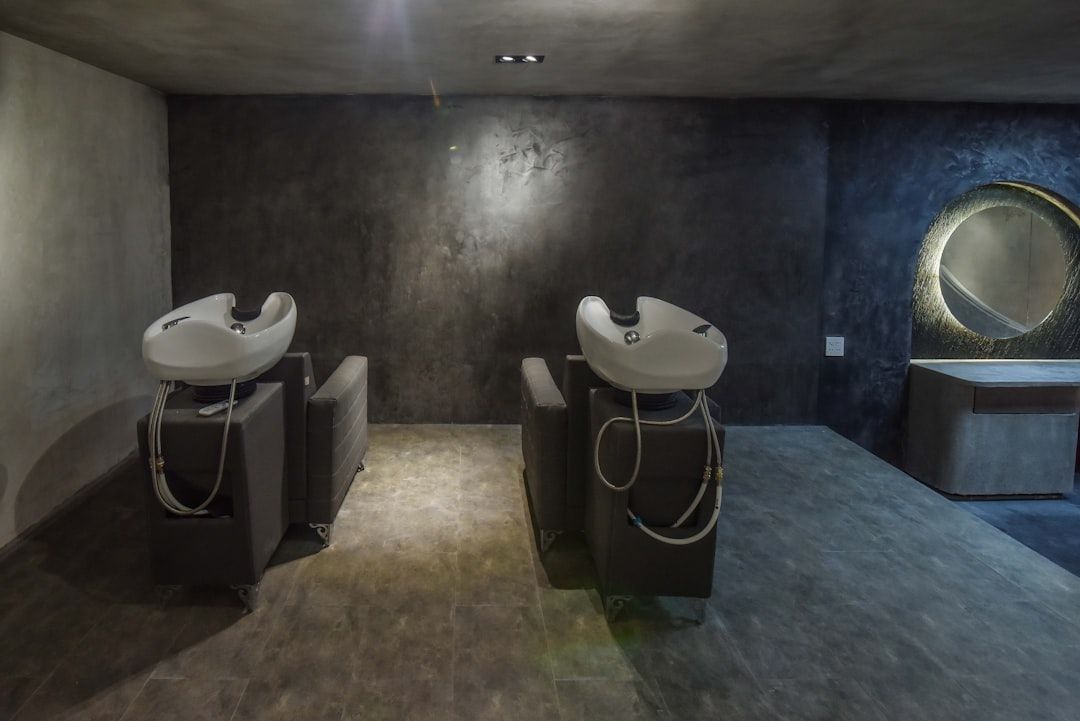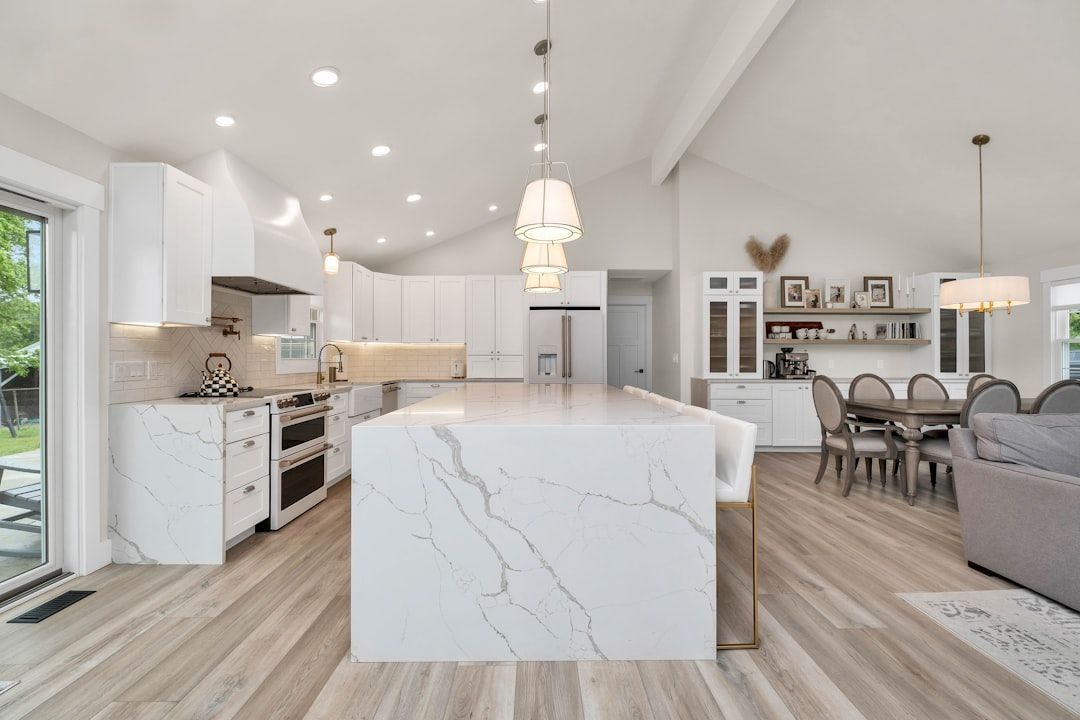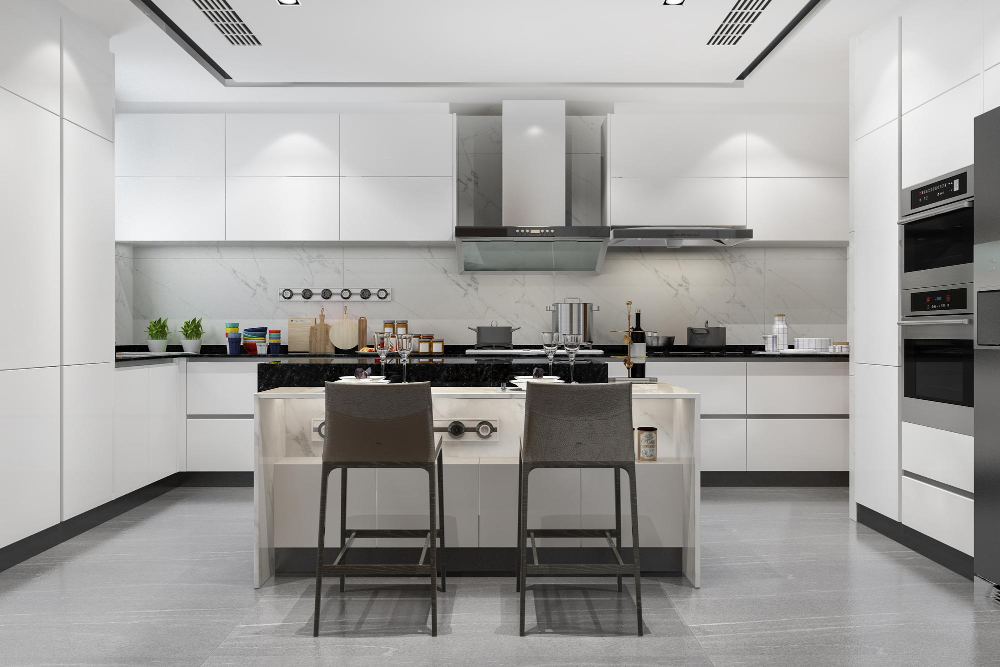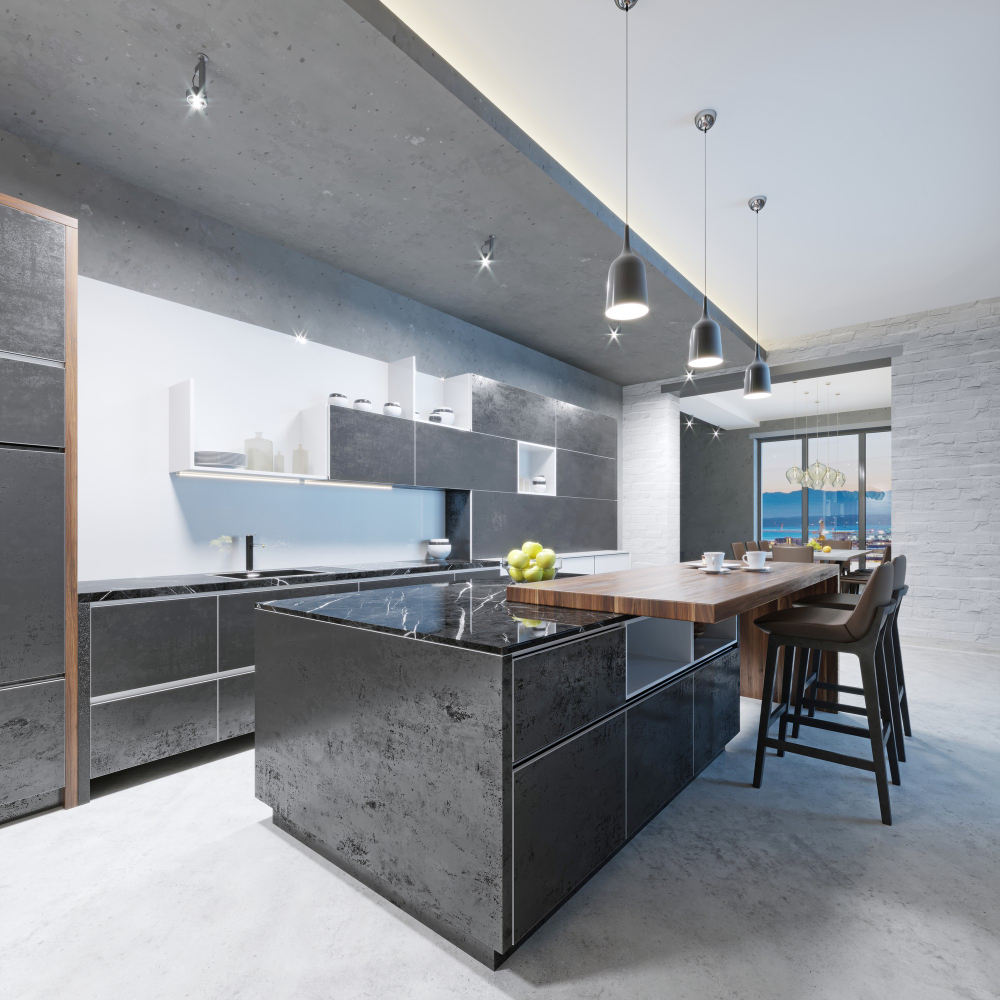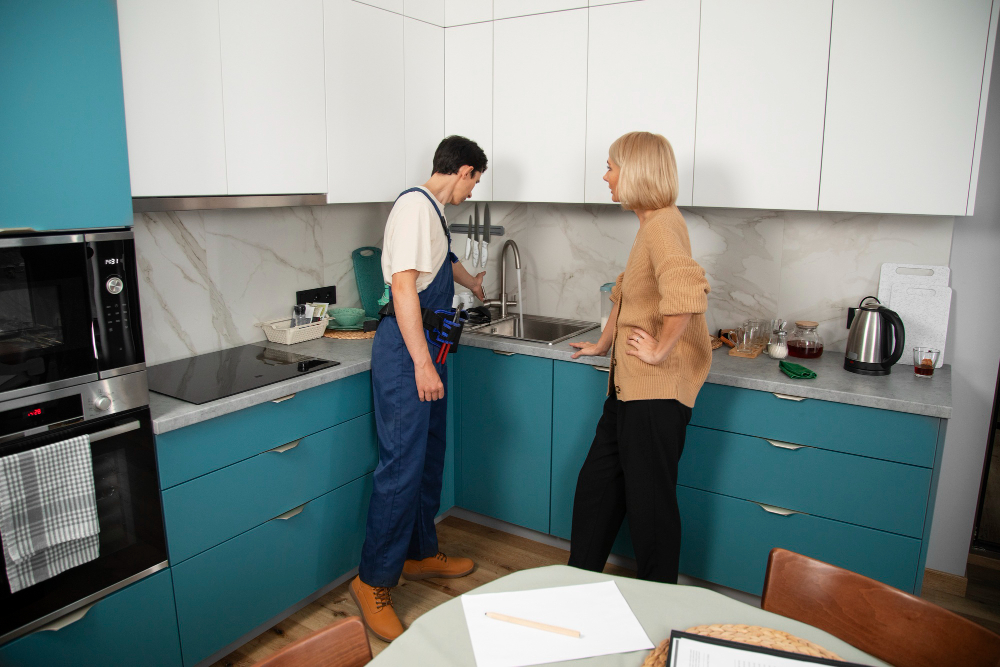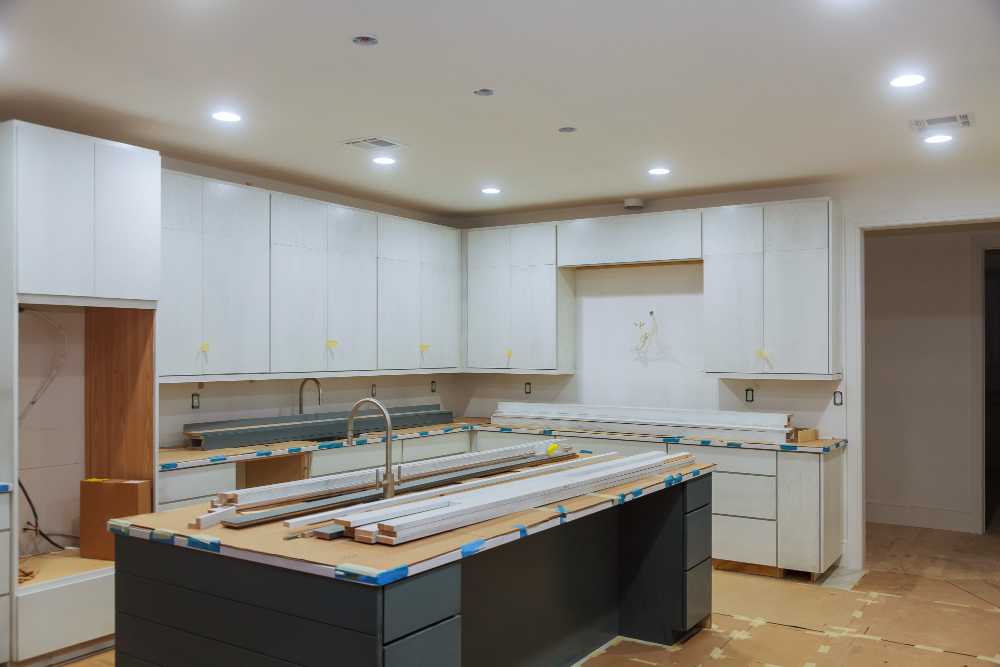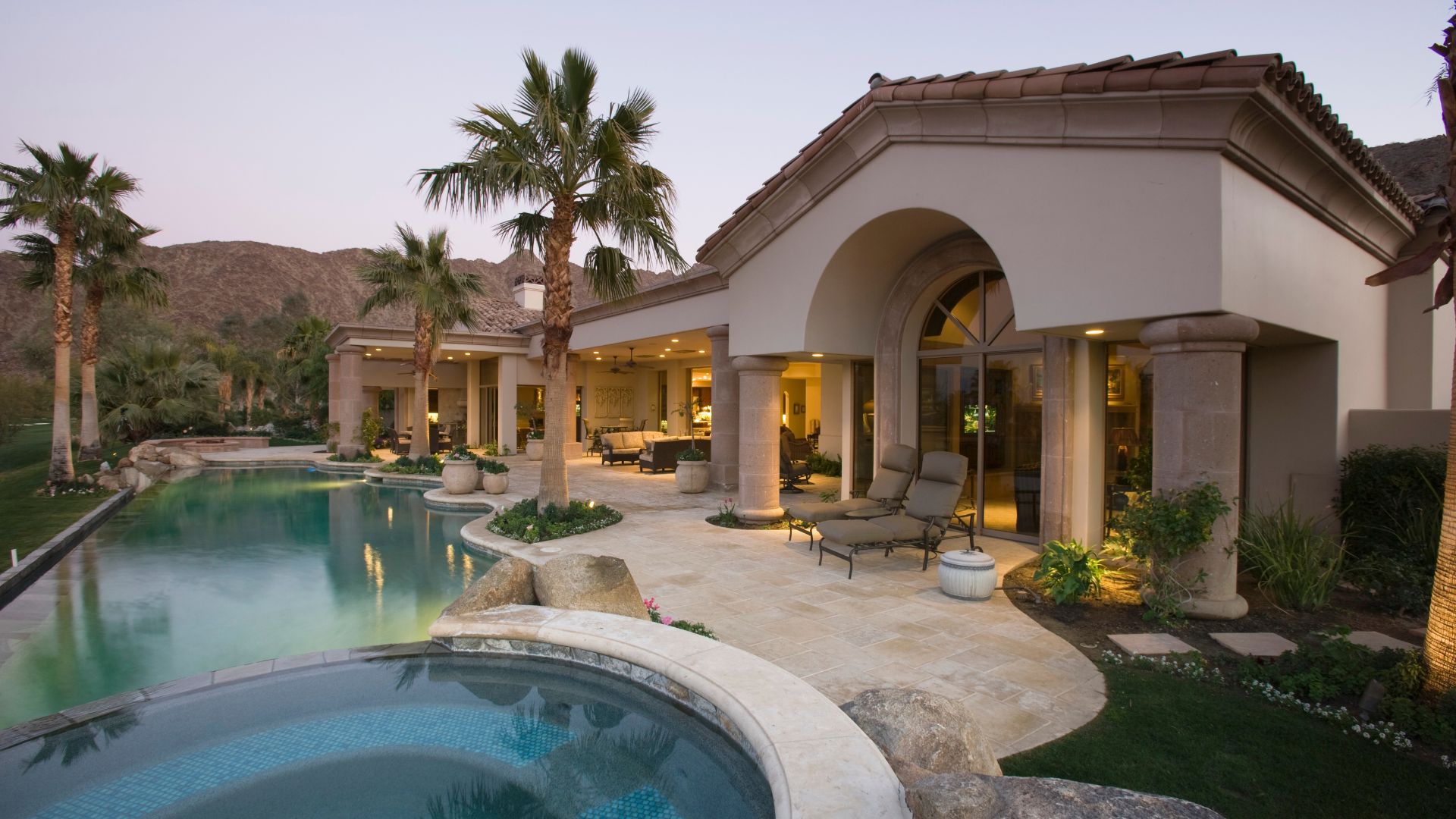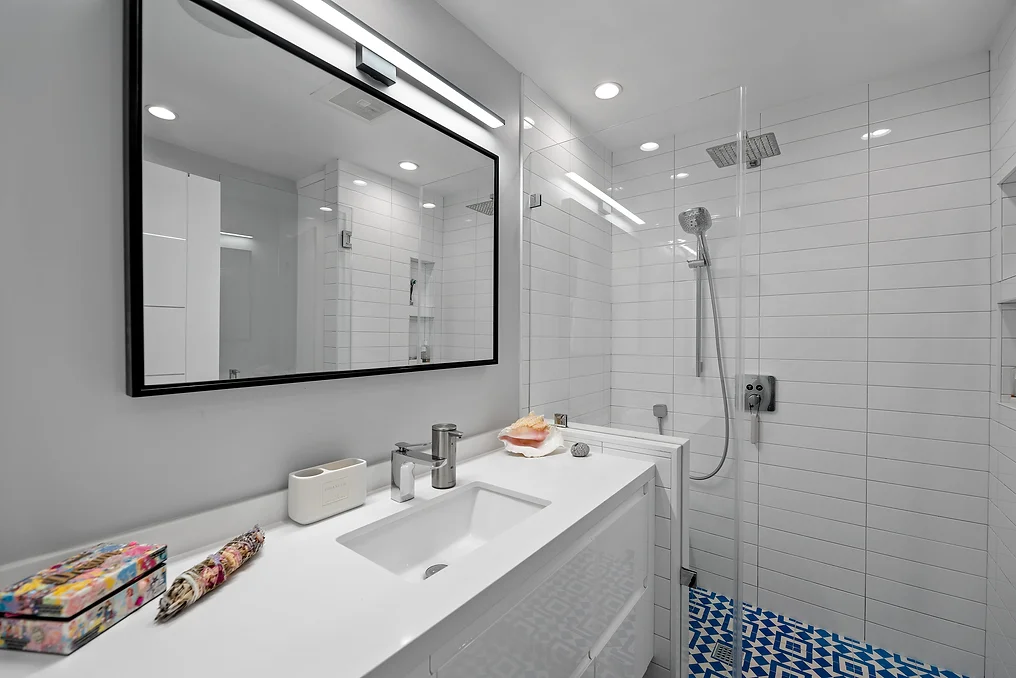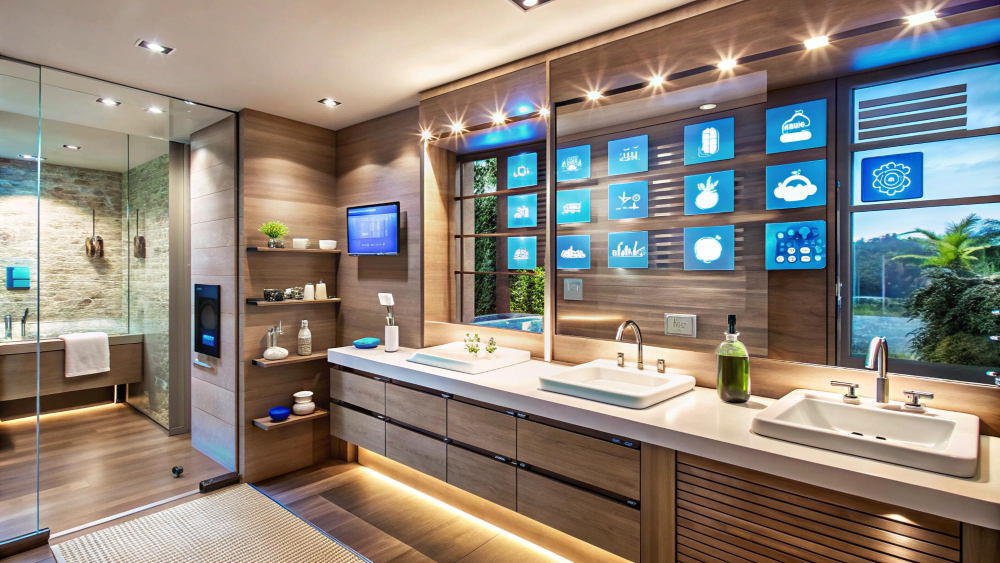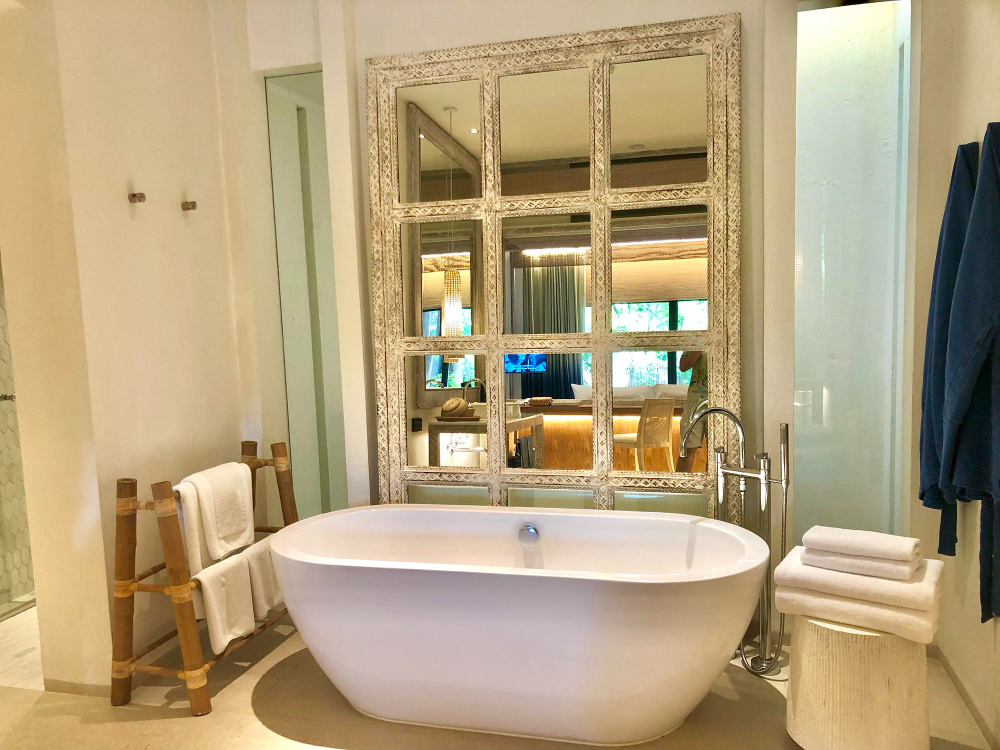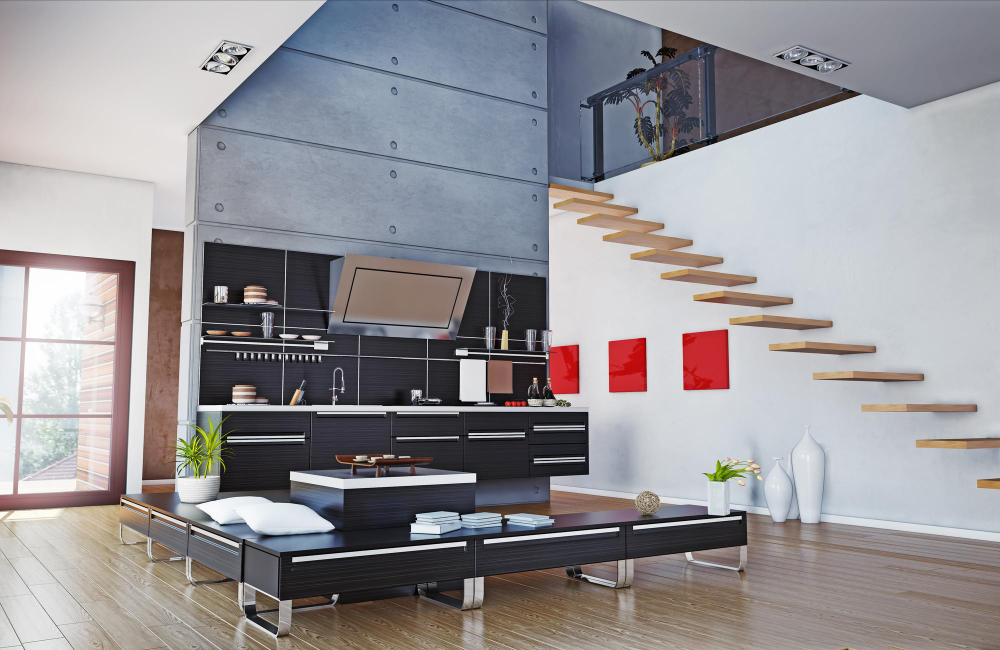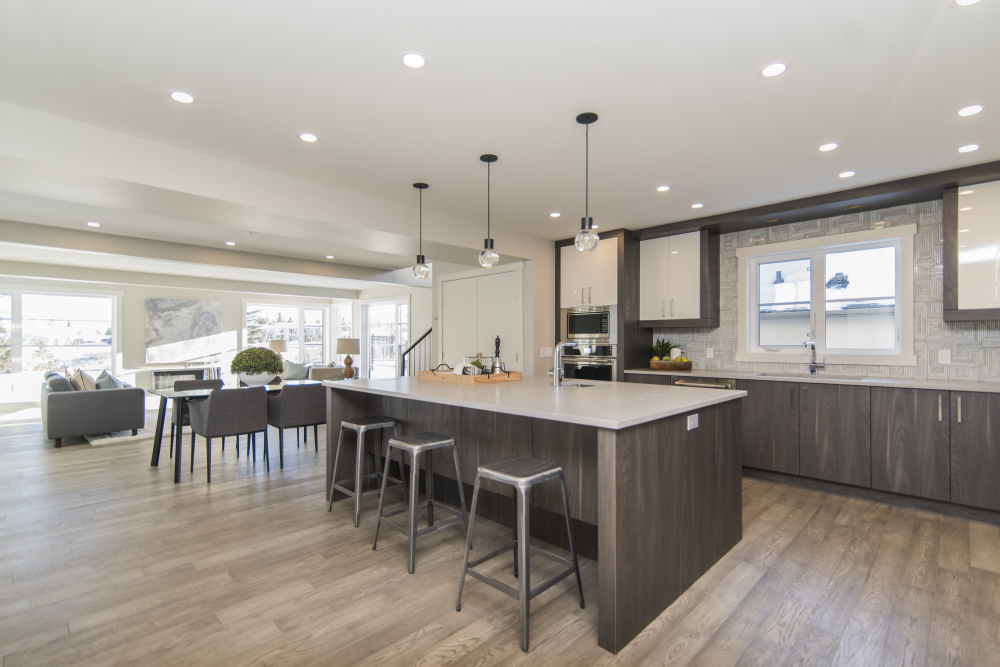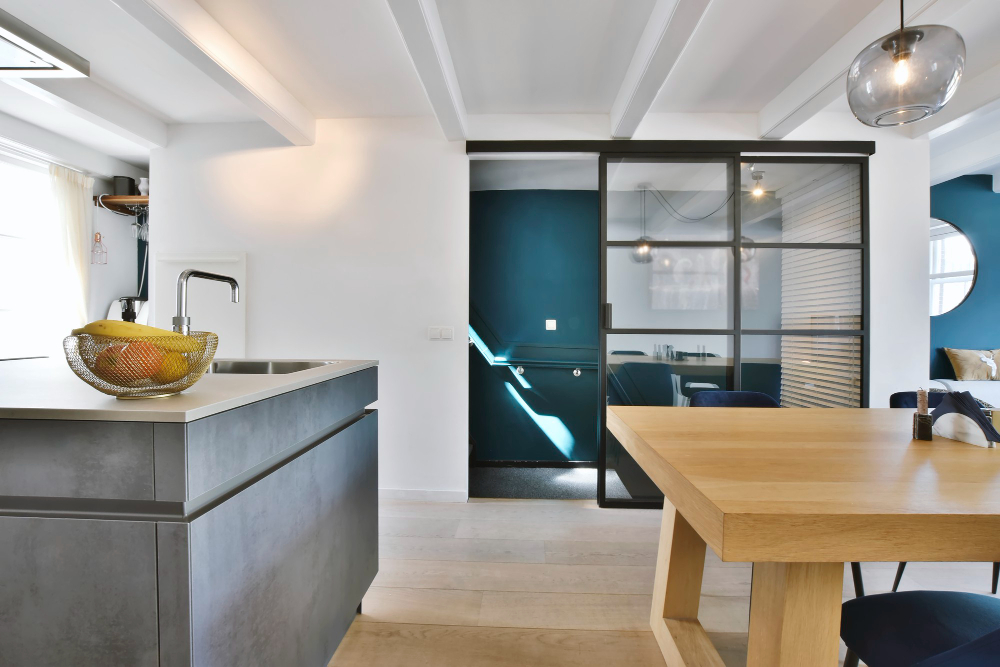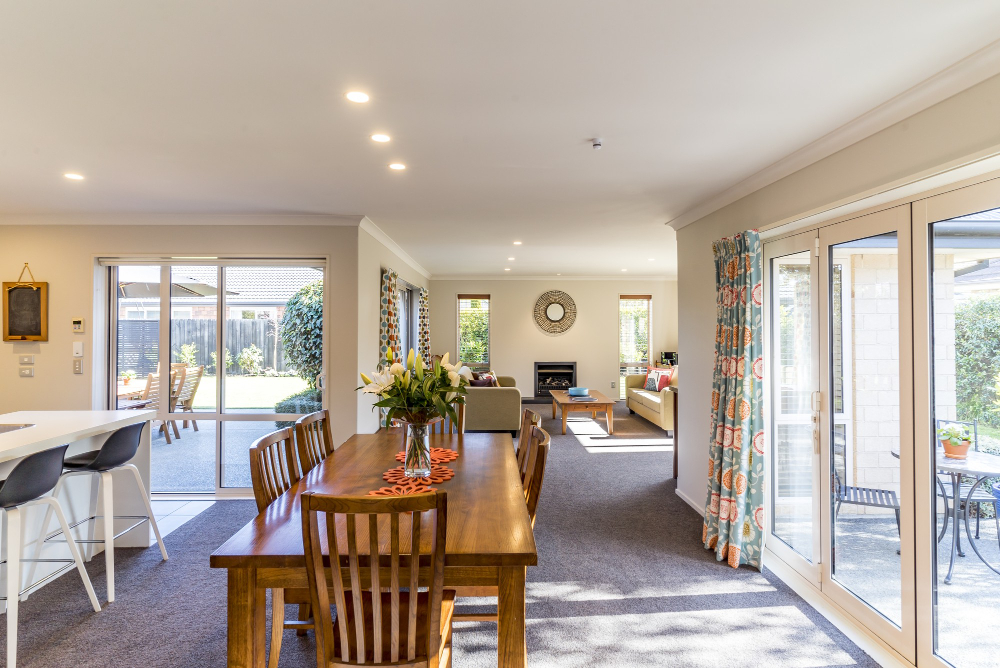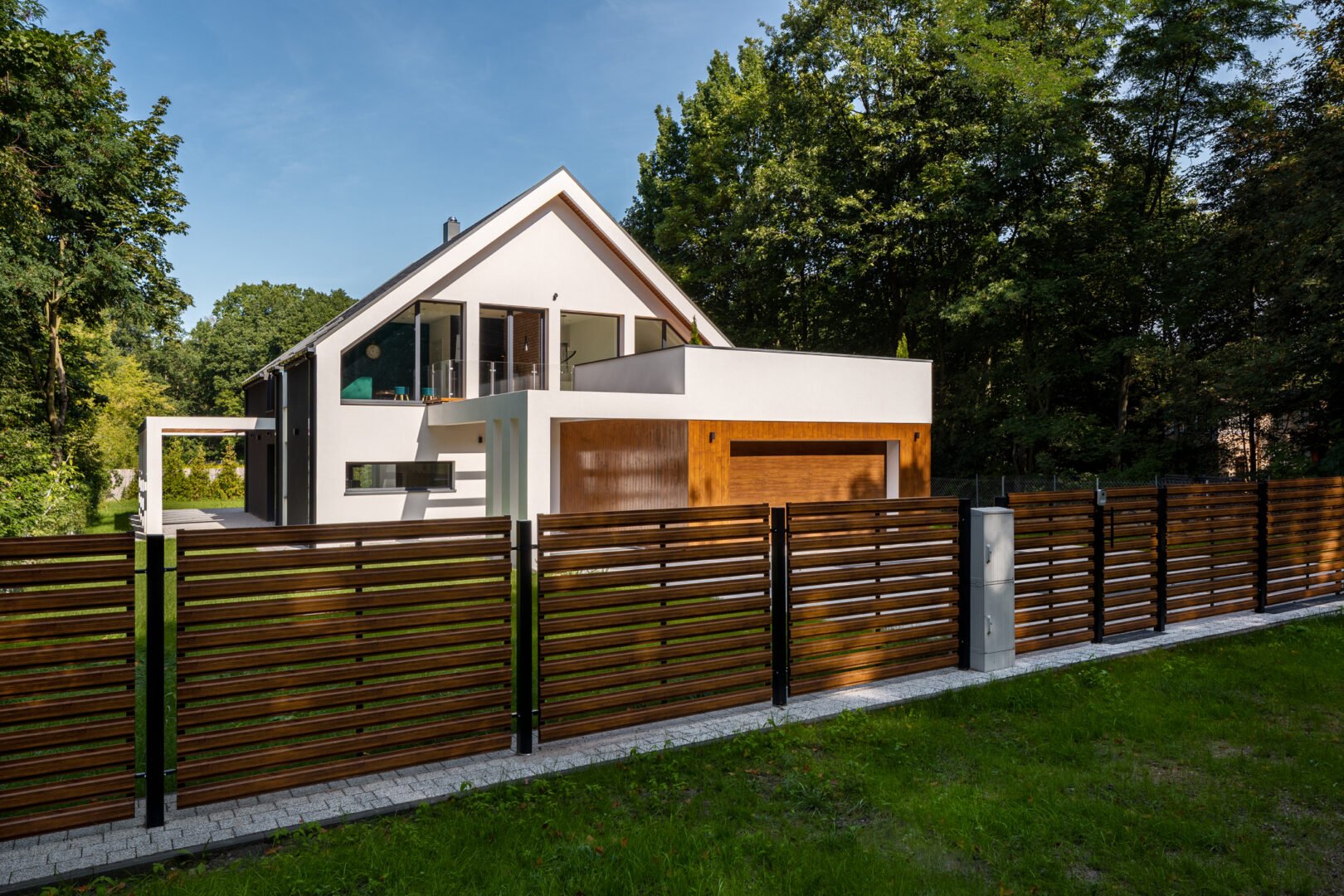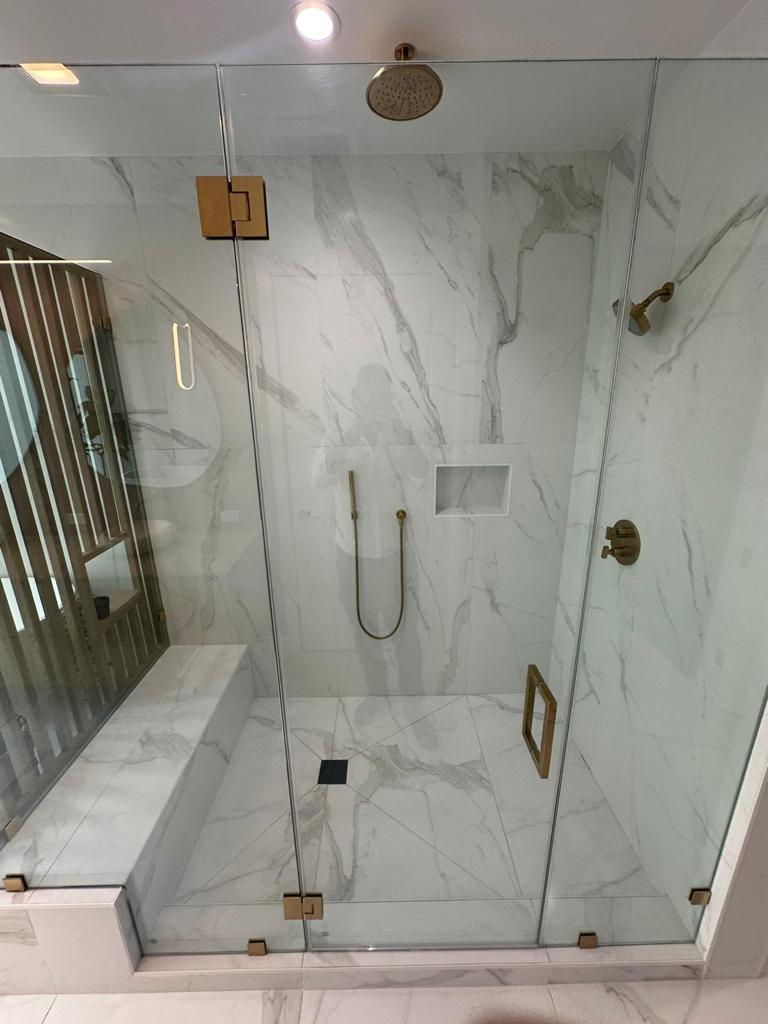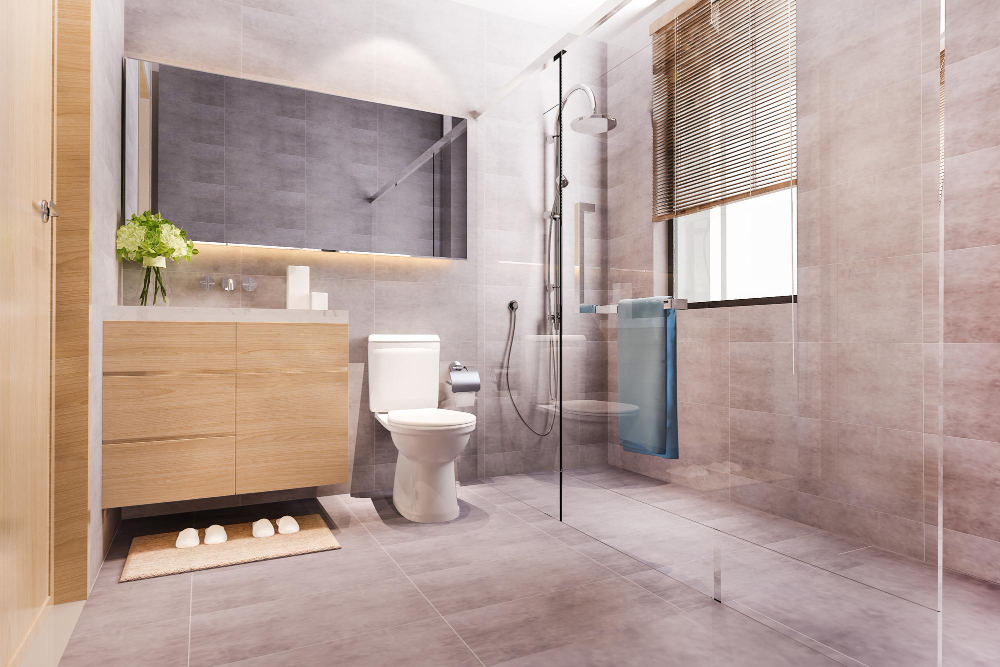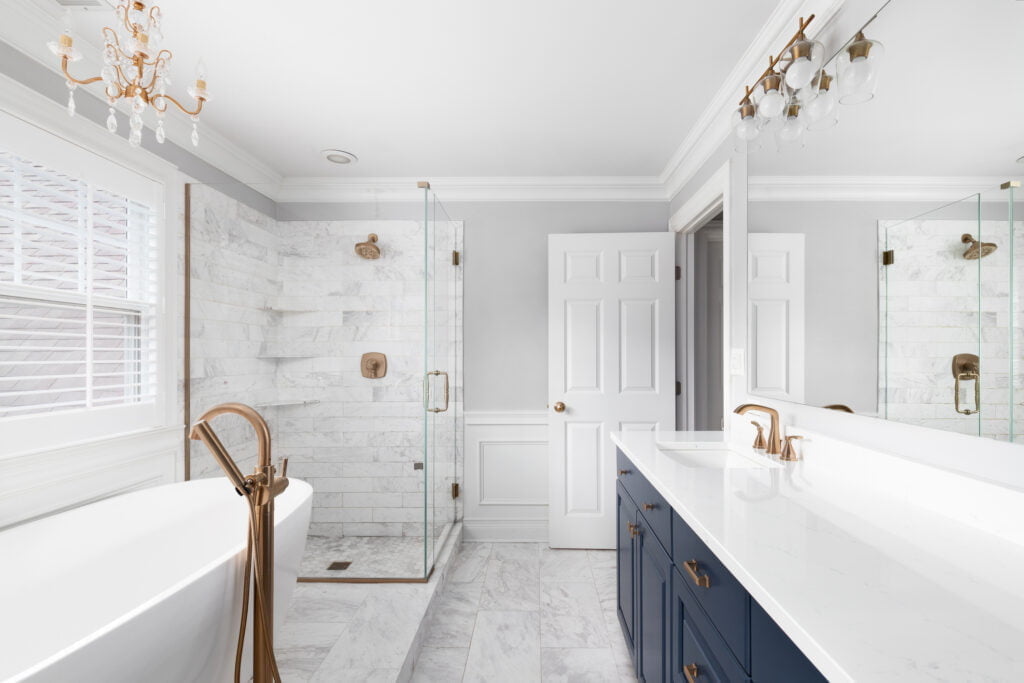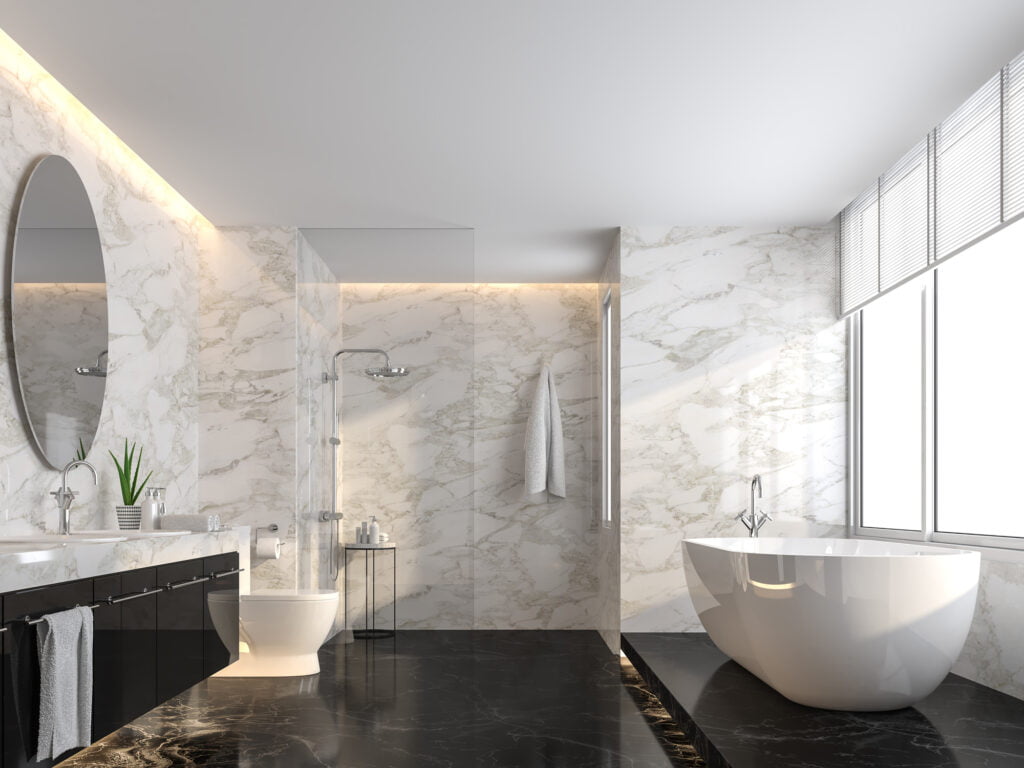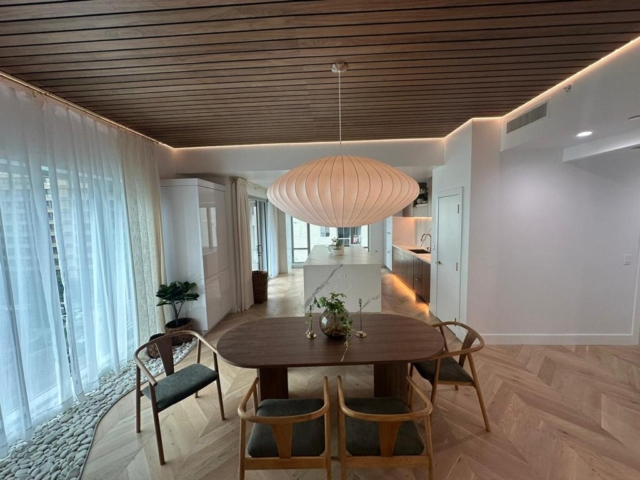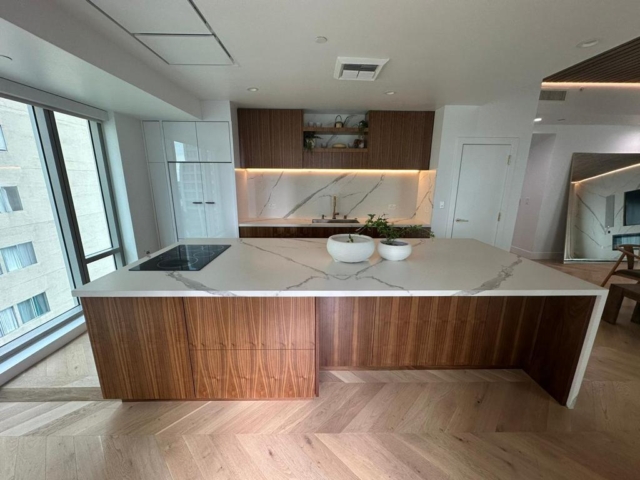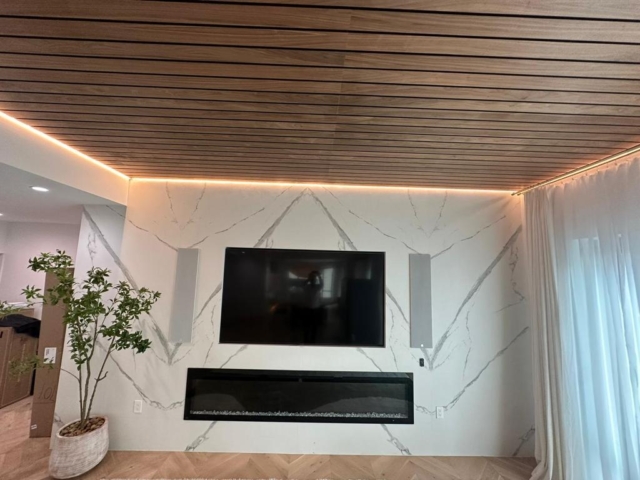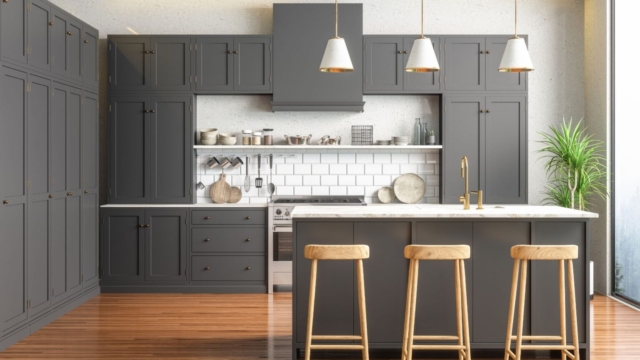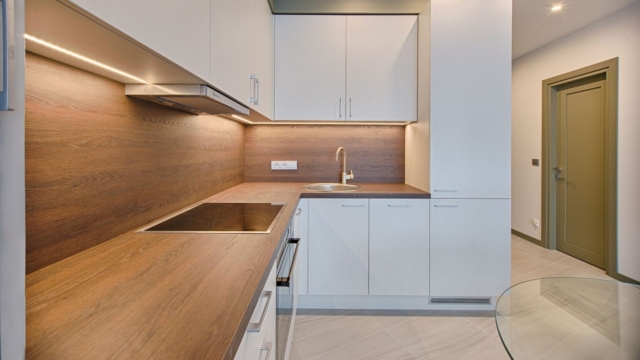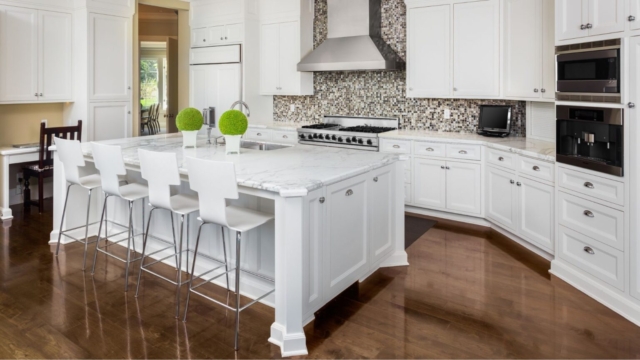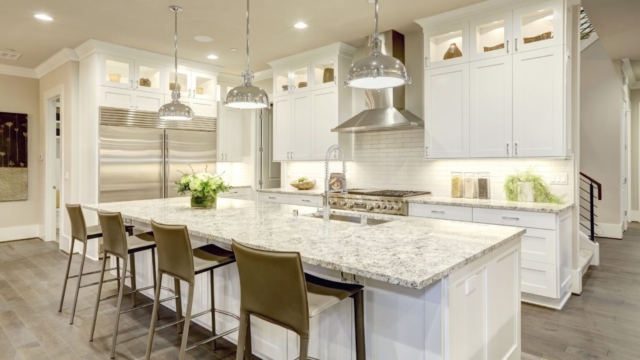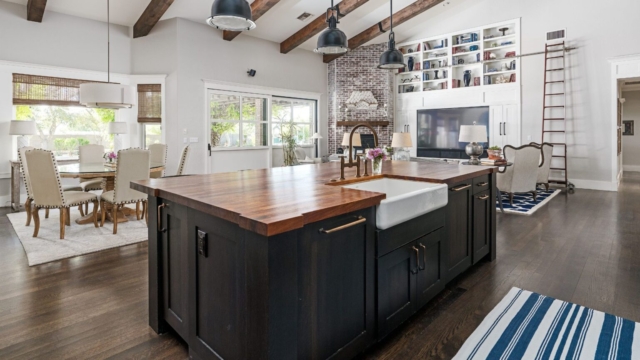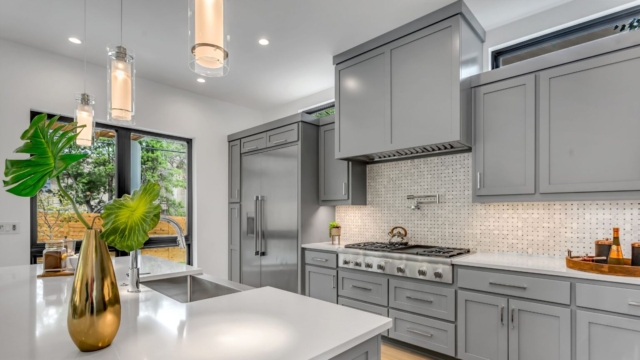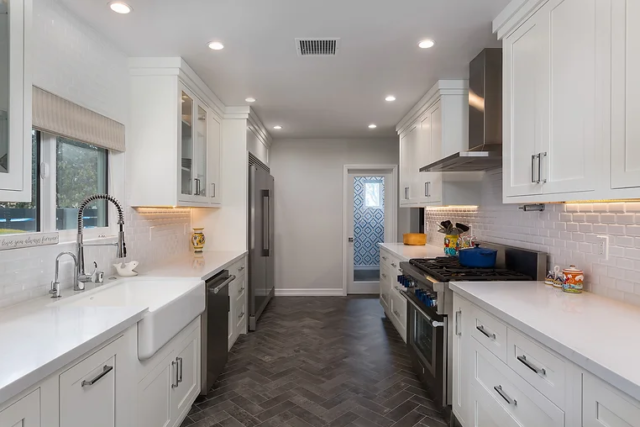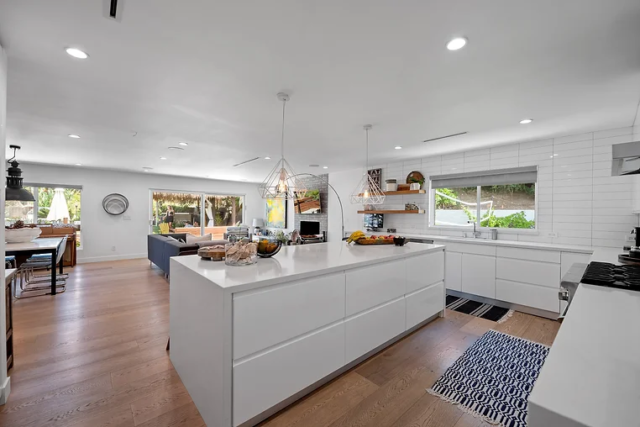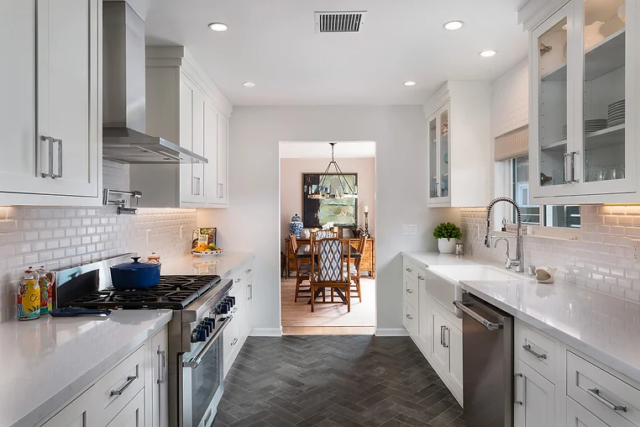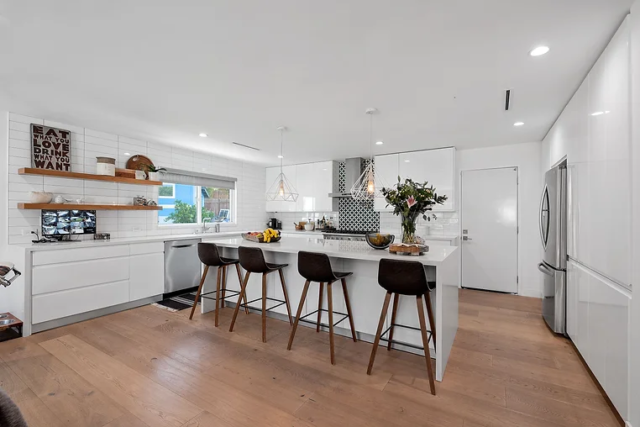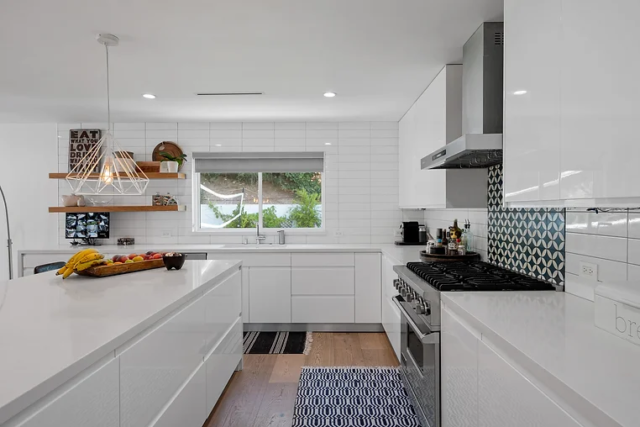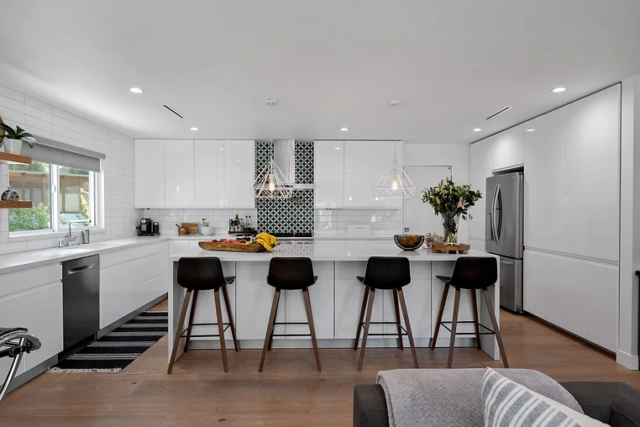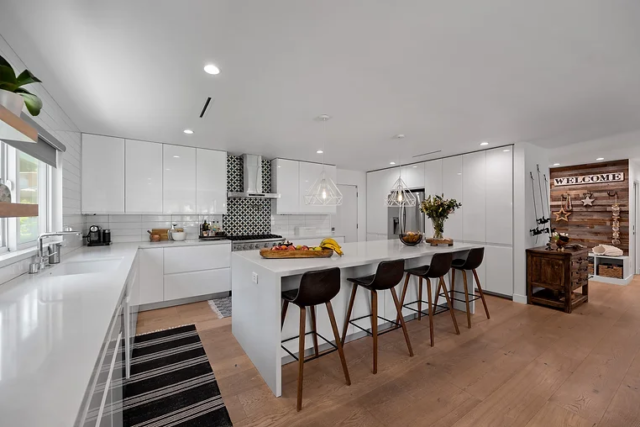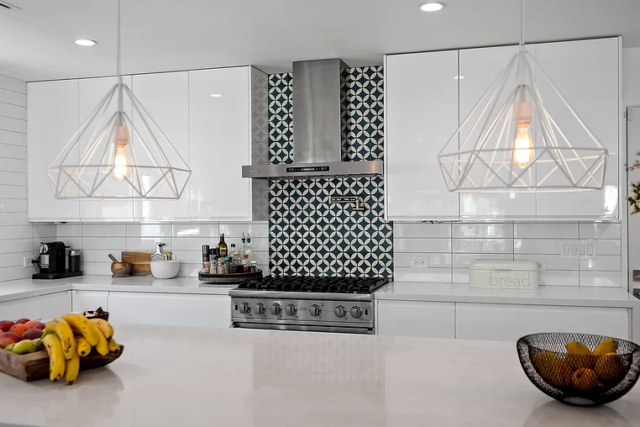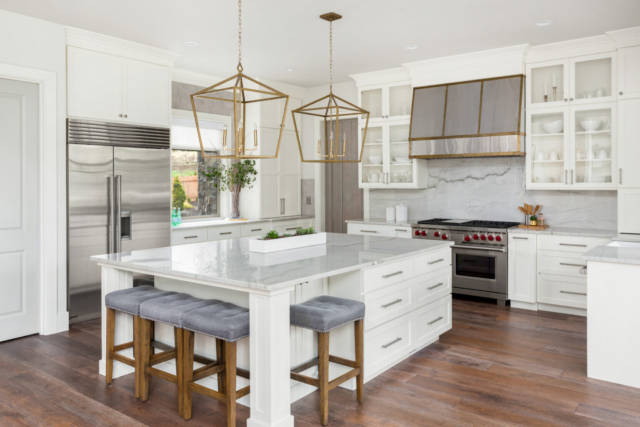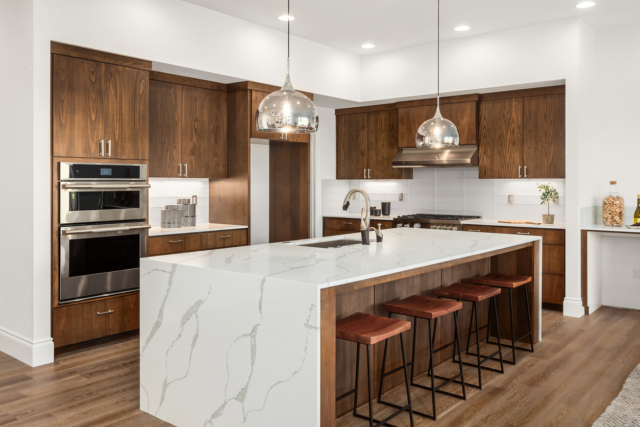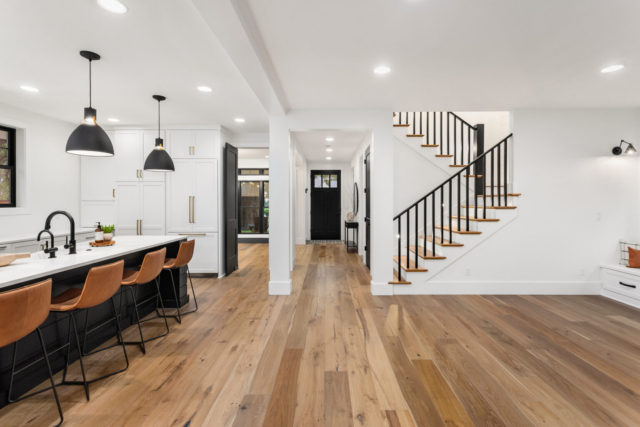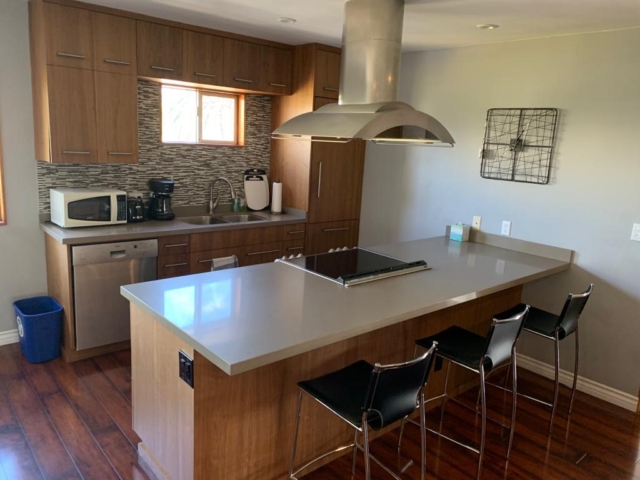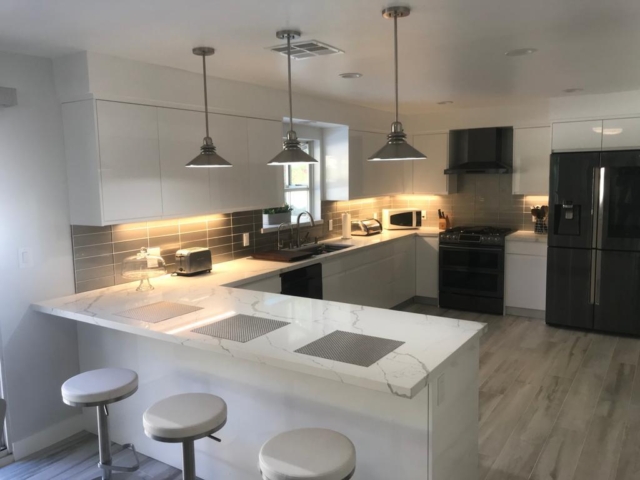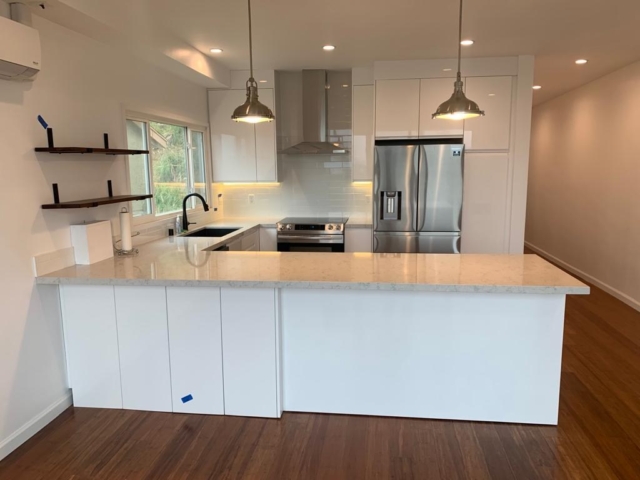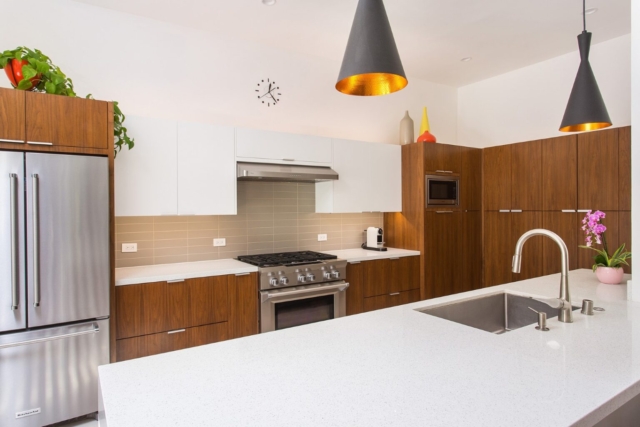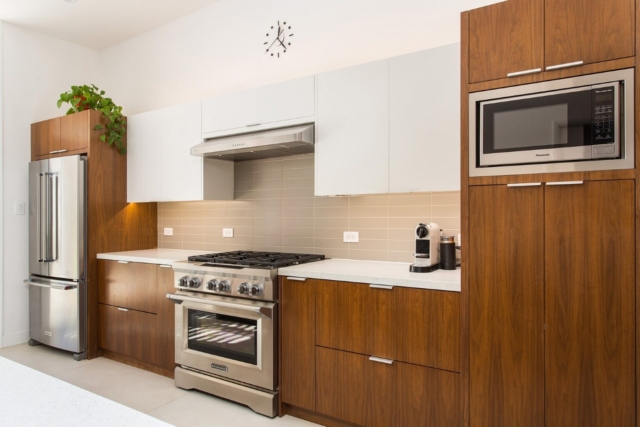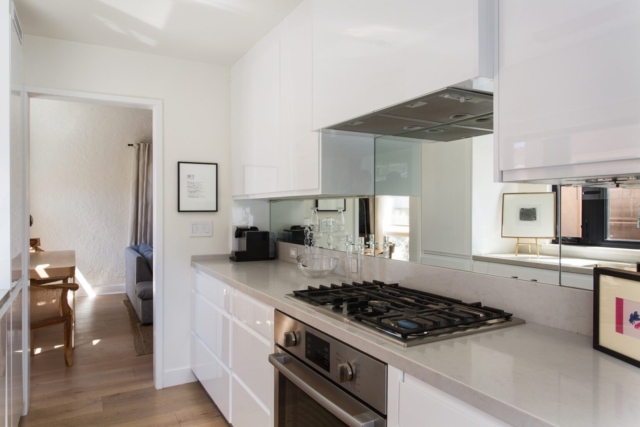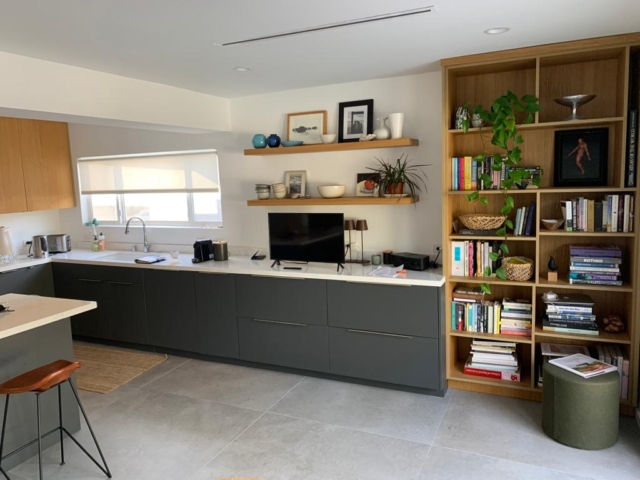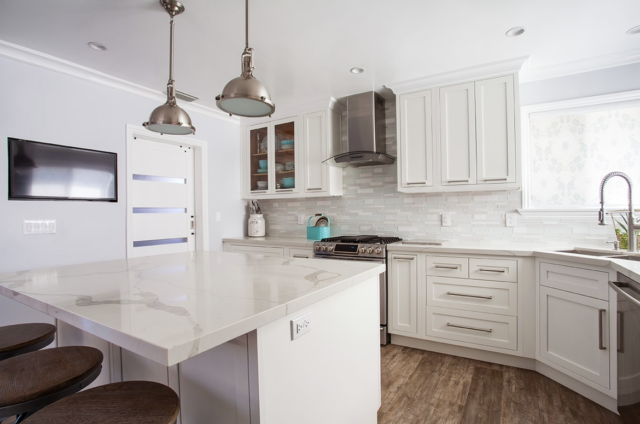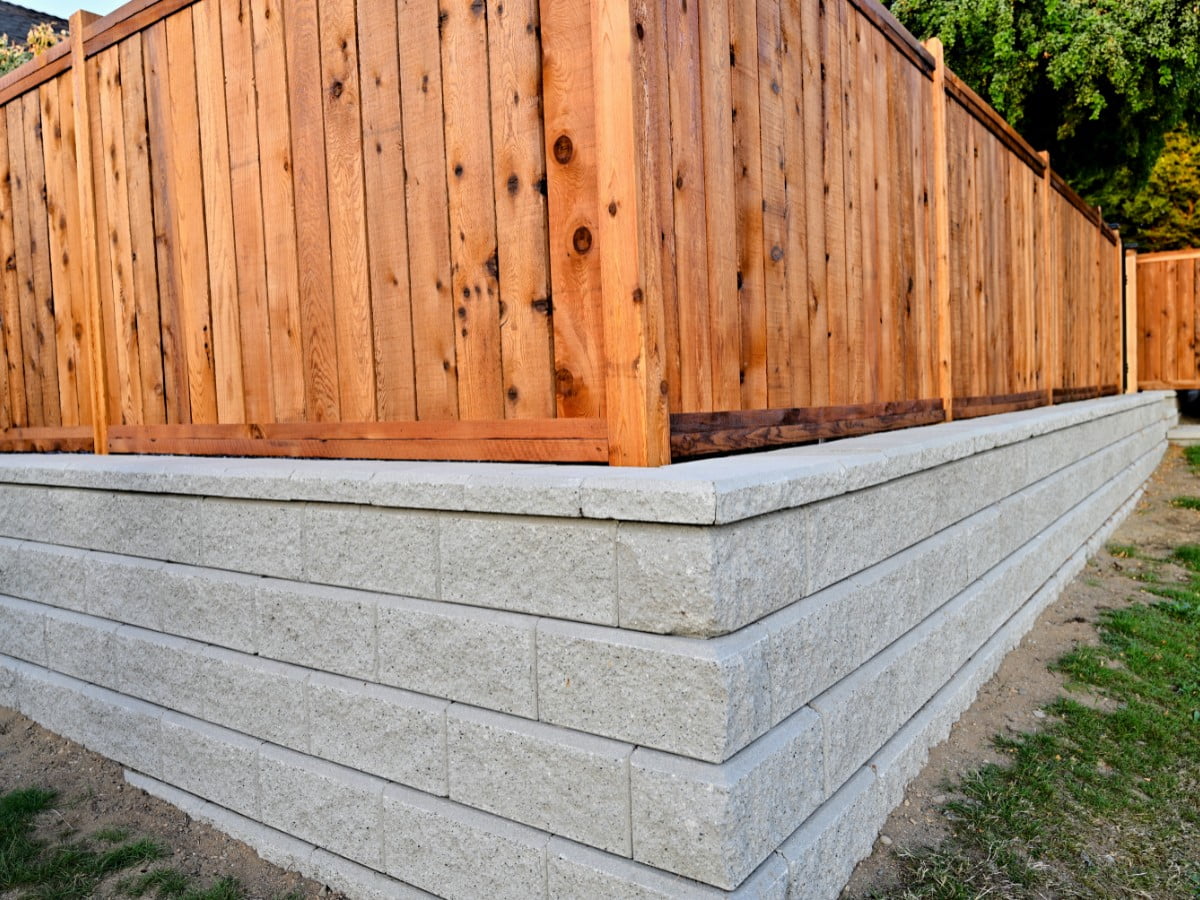Quick Guide: What Is Flat-Rate Remodeling? Benefits, Pricing, and Hiring Tips Explained
Understanding Flat-Rate Remodeling
Definition and Key Features
Flat-rate remodeling is a pricing model where the total cost of a remodeling project is agreed upon before the work begins. This model outlines a set fee for the entire project rather than charging for every hour worked. Key features of flat-rate remodeling include a clearly defined project scope, which means that all tasks are specified upfront. This model offers clarity and transparency, allowing both the contractor and client to understand the expected outcomes without any hidden charges or unexpected surprises during the completion of the project.
History and Market Trends
The concept of flat-rate pricing in remodeling has gained traction as consumers increasingly look for ways to manage expenses more effectively. Historically, the remodeling industry relied heavily on hourly billing. However, in the past few decades, there has been a notable shift towards predetermined pricing. This trend is driven by homeowners seeking predictability and transparency in project costs. As the economy continues to fluctuate, many are opting for the certainty provided by flat-rate agreements, making it a popular choice among both contractors looking to simplify their billing processes and homeowners wanting to avoid unexpected costs.
Common Remodeling Services Covered
Flat-rate remodeling typically covers a range of services. These can include kitchen and bathroom remodels, flooring installation, painting, and even home additions. Essentially, any remodeling task that can be defined with clear boundaries and expected outcomes can potentially be priced on a flat-rate basis. This approach works well for projects where the scope can be precisely determined and any variations can be anticipated and outlined in the contract from the start.
Benefits of Flat-Rate Remodeling
Predictable Project Costs
One of the most significant advantages of flat-rate remodeling is the financial predictability it provides. Clients know the total cost upfront, which aids in budget planning and reduces the likelihood of financial stress. This predictability is particularly beneficial in preventing cost overruns and ensuring that the set budget aligns with the homeowner’s financial capabilities. It allows clients to allocate funds with confidence and prioritize other home improvements or investments.
Streamlined Contractor Agreements
Flat-rate remodeling also simplifies the relationship between contractors and clients. With a fixed price, the terms of the contract are straightforward and easier to negotiate. Both parties benefit from a well-defined agreement, reducing misunderstandings. Contractors, in particular, find it easier to manage project timelines and resource allocation when the scope and costs are predefined. This streamlined approach facilitates smoother project execution and enhances client satisfaction.
Time Efficiency and Project Timelines
Flat-rate remodeling can often lead to more efficient use of time. Because the cost does not vary based on hours worked, contractors are incentivized to complete projects efficiently without compromising on quality. This efficiency tends to reduce the overall project timeframe, resulting in a quicker turnaround for homeowners eager to enjoy their revamped spaces. This model allows for better scheduling and can lead to improved time management for all parties involved.
How Flat-Rate Pricing Works
Estimating Project Scope and Budget
The first step in flat-rate remodeling is accurately estimating the project scope and budget. During this phase, contractors assess the tasks involved, materials needed, and the project’s complexity. They then provide clients with a comprehensive quote that reflects the total cost. This assessment minimizes the risks of unexpected expenses popping up later in the process and allows both clients and contractors to start the project on the same page.
Components of a Flat-Rate Proposal
A flat-rate remodeling proposal typically includes several key components. These comprise detailed work descriptions, a timeline for project completion, and clear payment terms. Importantly, it also outlines any potential deviations that might incur additional costs, such as unforeseen structural issues or changes in project scope at the client’s request. Transparency in these proposals is critical to maintaining trust and cooperation between the client and the contractor.
Payment Schedules and Milestones
Once the total cost and scope have been agreed upon, a payment schedule is often established. This schedule is typically divided into milestones, ensuring payments are made as various stages of the project are completed. For example, an initial deposit might be required, followed by further payments at different phases of the project, such as completion of demolition, rough-in inspections, and final touches. This structure helps maintain a steady cash flow for contractors while giving clients a sense of control and the assurance that work is progressing.
Flat-Rate vs. Hourly Remodeling: A Comparison
Cost Transparency and Risk Management
Flat-rate and hourly remodeling each offer distinct advantages. Flat-rate provides immediate cost transparency and manages the financial risk by ensuring clients aren’t paying for inefficiencies. Hourly billing can lead to costs spiraling beyond initial expectations, creating stress and potential disputes. Despite the potential for lower upfront quotes with hourly pricing, flat-rate remodeling often emerges as a more financially manageable option for homeowners looking to clearly understand expenditure from the start.
Quality Control and Accountability
Quality control can sometimes present challenges in hourly models, where extended timelines might benefit the contractor economically. Flat-rate systems typically enhance accountability, as contractors are committed to fulfilling the agreed-upon scope without cutting corners. This dedication to maintaining quality standards is critical for establishing trust and ensuring client satisfaction, as the focus is on delivering high-quality results within the fixed budget.
Ideal Scenarios for Each Model
Flat-rate remodeling is notably advantageous for projects where the scope is clearly defined and unlikely to change. Complex projects with unpredictable elements might be better suited to hourly pricing, where adjustments are easier to accommodate in real-time. Understanding the needs of the project allows homeowners and contractors to choose the pricing model that aligns with their specific requirements. For clients, the decision often hinges on their budget management preferences and the nature of the remodeling work being undertaken.
Factors Influencing Flat-Rate Remodeling Costs
Project Size and Complexity
The scale and complexity of a project heavily influence the flat-rate cost. Larger projects naturally require more resources, time, and skill, leading to higher expenses. Complex designs or extensive renovations involving structural changes may also add to the cost. Understanding these factors enables both homeowners and contractors to establish realistic expectations and plan effectively to meet the project’s demands.
Material Selection and Quality
Materials are another significant factor affecting flat-rate remodeling costs. High-quality materials, while durable and aesthetically pleasing, can significantly increase the overall cost. Clients need to balance their desire for premium materials with budget limitations. Selecting materials that are both cost-effective and suitable for the desired outcome is critical in managing costs without compromising on quality.
Labor Rates and Overhead Expenses
Labor rates vary based on location, contractor expertise, and the project’s complexity. Overhead expenses, including tools, equipment, and administrative costs, also contribute to the flat-rate price. It is essential for homeowners to recognize that these rates reflect the quality and reliability of the workforce engaged in their project, ensuring skilled professionals are employed for satisfactory completion.
Tips for Hiring a Flat-Rate Remodeler
Researching and Comparing Quotes
To find the right remodeler, thorough research is essential. Homeowners should obtain and compare quotes from several contractors to understand market pricing and the services offered. This comparison should focus not only on the cost but on the reputation and reliability of each service provider. Personal recommendations and reviews can be invaluable in assessing a contractor’s credibility and performance history.
Key Questions to Ask Contractors
Before finalizing a contract, it’s vital to ask potential contractors key questions. These might include inquiries about their experience with similar projects, the precise breakdown of costs in their proposal, and their approach to handling unforeseen issues. Understanding their project management style, communication capabilities, and previous client satisfaction levels can heavily influence the decision-making process.
Reviewing Contracts and Warranty Terms
Finally, carefully reviewing contracts is crucial before committing to a flat-rate remodeling agreement. Look for clear terms regarding project details, payment schedules, and any warranty offerings. It’s also advisable to ensure there are no hidden clauses that could lead to disputes. Clients should seek clarification on any confusing terms and ensure they are fully informed about the coverage and limits of any warranties provided.
As you consider remodeling options, weigh the advantages of flat-rate pricing and choose what aligns best with your financial strategies. Flat-rate remodeling offers predictability, transparency, and efficiency, making it a preferred choice for many. For more insights into streamlined project management and other services, visit flatrate remodelingfor expert guidance in project execution and strategic planning.
Ready to embark on your next remodeling project? Consult with WebConcepts today to learn more about how we can help you achieve your renovation goals while keeping costs under control. Let us be your trusted partner in creating a space that meets your needs and budget. Reach out to us and see how our experience can assist you in successfully transforming your living or working environment.

